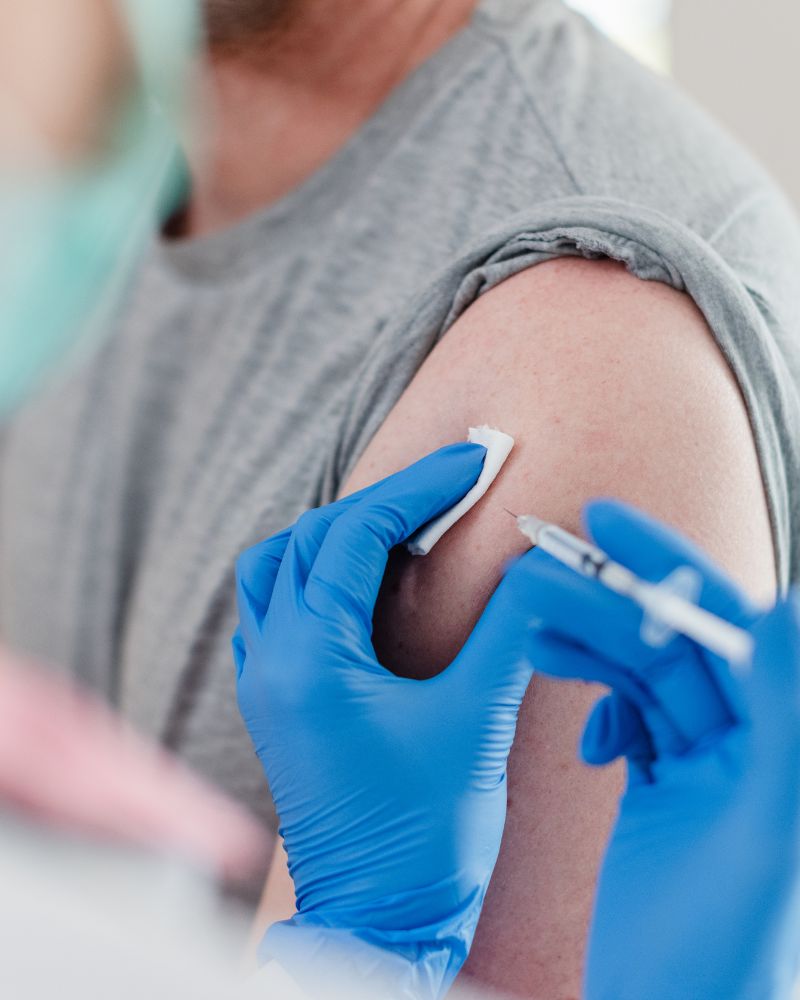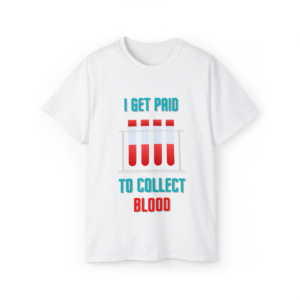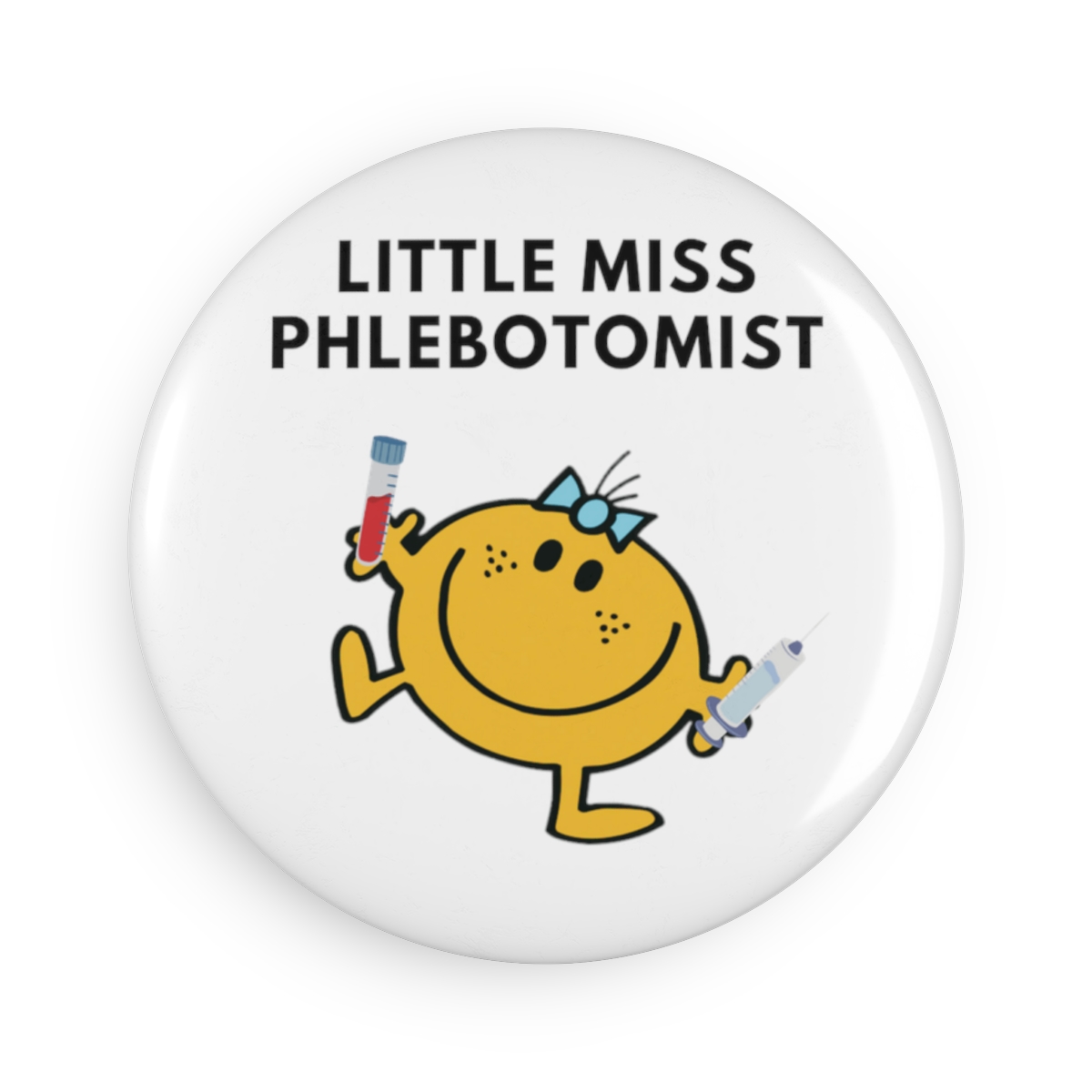The Pinch Test: Does Blood Work Hurt More Than Shots
Does blood work hurt more than shots? For many people, the mere thought of needles can trigger anxiety. Whether it’s for a routine blood test or a vaccination, the anticipation of discomfort can be enough to make some individuals avoid these procedures altogether. Let’s delve into this topic and separate fact from fiction.
Understanding the Pain Perception
Pain perception is subjective and can vary significantly from person to person. Factors such as individual pain tolerance, the skill of the healthcare professional administering the procedure, and the specific area of the body being accessed all play a role in how much discomfort a person may experience during blood work or when receiving a shot.
Blood Work: The Pinch and Sting
Blood work typically involves drawing blood from a vein, commonly in the arm. The initial sensation when the needle pierces the skin is often described as a pinch or a slight sting. This sensation is usually brief and fades quickly. Many individuals report feeling more discomfort from the pressure of the tourniquet used to locate a vein than from the actual needle stick.
Shots: A Quick Prick
Shots, or injections, deliver medication or vaccines into the body. The needle used for injections is often smaller in diameter compared to those used for drawing blood. As a result, the sensation of getting a shot is often described as a quick prick or a mild sting. Most people find that the discomfort subsides rapidly after the needle is removed.
Comparing the Discomfort
When comparing the discomfort of blood work to that of getting a shot, it’s important to consider a few key factors:
Duration: Blood work involves a longer duration of needle insertion compared to a shot, which is usually a quick injection.
Purpose: Blood work is typically done to collect a sample for testing, while shots serve a specific medical purpose such as vaccination or medication administration.
Frequency: Blood work may be required less frequently than shots, which are often part of routine healthcare or vaccination schedules.
Managing Discomfort
There are several strategies that can help minimize discomfort during blood work or when receiving a shot:
Relaxation Techniques: Deep breathing, visualization, or listening to calming music can help reduce anxiety and discomfort.
Communication: Informing the healthcare professional about any concerns or previous negative experiences can help them adjust their approach to minimize discomfort.
Topical Anesthetics: Some clinics offer topical numbing creams or sprays that can reduce the sensation of pain at the injection site.
Conclusion: Myth Busted
In conclusion, the belief that blood work hurts more than getting a shot is a myth. Both procedures involve a brief moment of discomfort that varies depending on individual factors. By understanding the nature of these procedures and employing strategies to manage discomfort, individuals can approach blood work and shots with greater confidence and less anxiety. The pinch test reveals that the discomfort is often temporary, serving as a reminder of the body’s resilience in the face of medical procedures.













